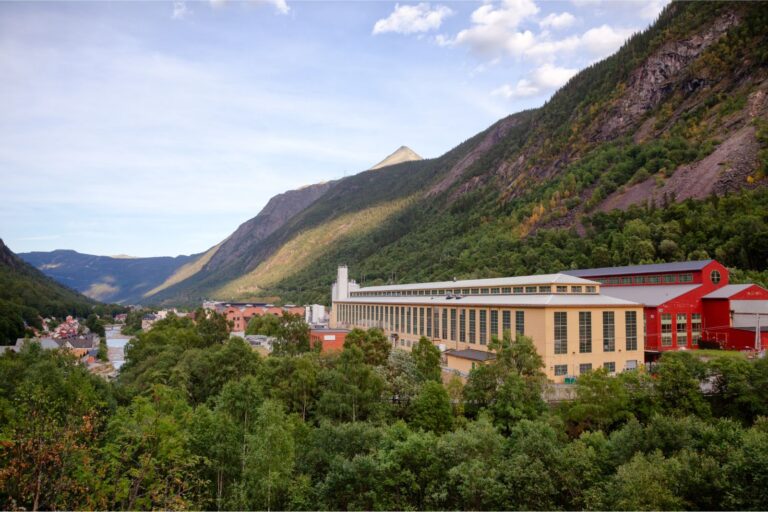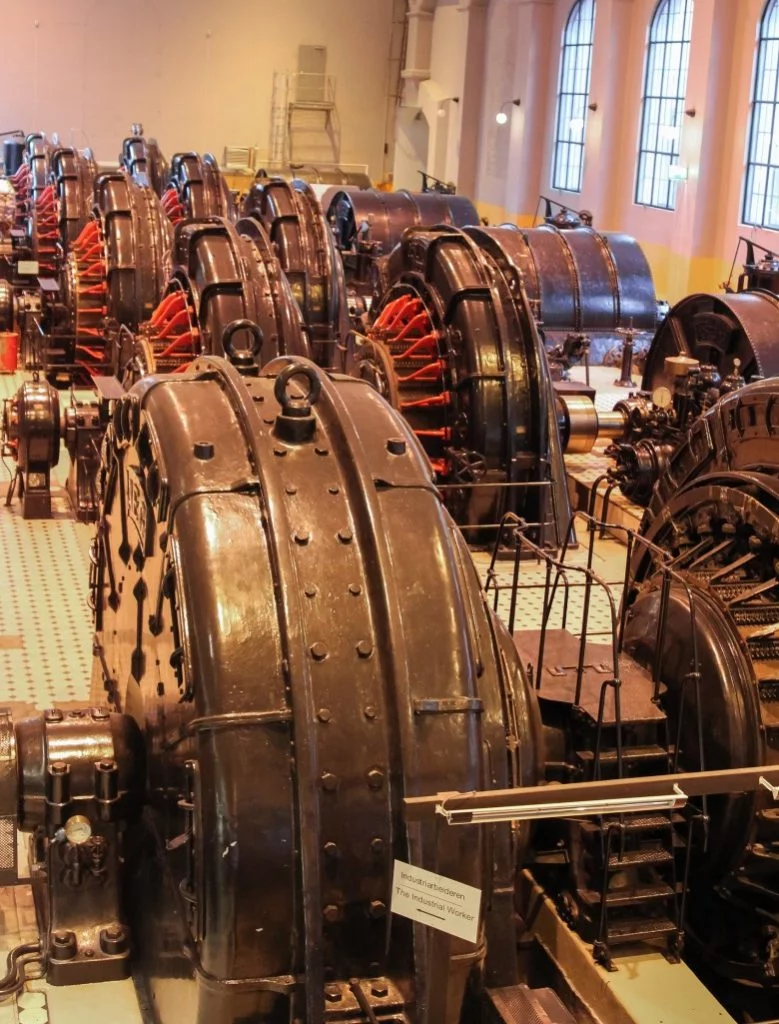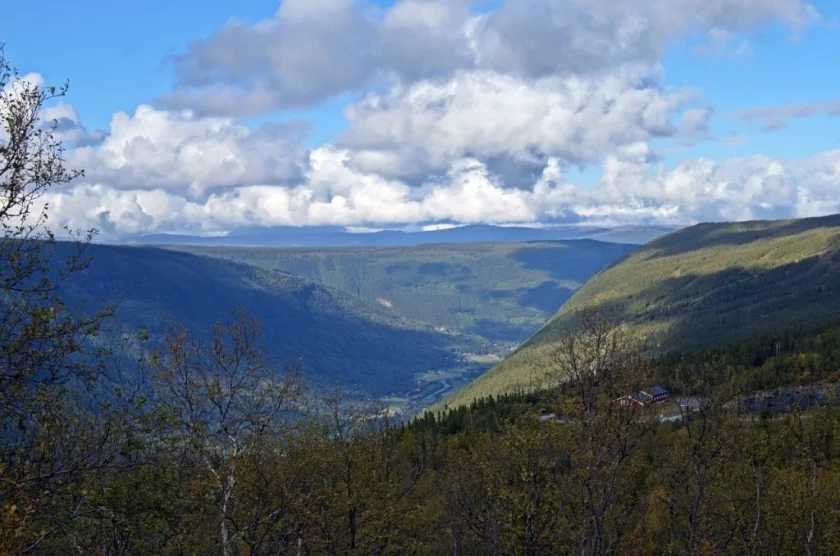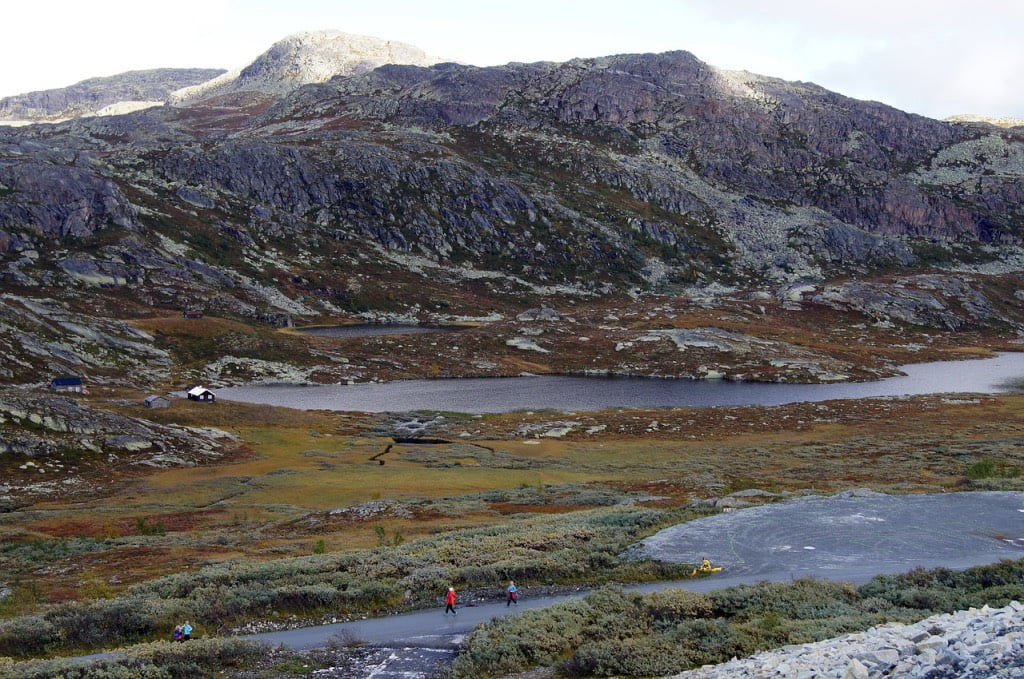The story of the Heavy Water War is one of courage, sabotage, and survival. It was an extraordinary Norwegian resistance mission that played a crucial role in shaping the outcome of World War II.
Since moving to Norway, I’ve developed a deep interest in the country’s wartime history. Growing up in Britain, I thought I had a good grasp of the story of World War II. But it was only after living abroad that I began to appreciate how much perspective matters.

The more I learned about Norway’s role, especially the daring sabotage missions in the mountains of Telemark, the more I realised how much of the story I’d never heard.
This is one of those stories: a remarkable act of resistance that helped change the course of history and deserves to be far better known.
During World War II in Norway, an unlikely battlefield in the mountains became the focal point of one of the war’s most daring acts of sabotage.
Known today as The Heavy Water War, a series of covert operations—carried out in deep winter by specially trained Norwegian commandos—helped derail Nazi Germany’s nuclear ambitions.
This is the story of how an isolated industrial plant in a remote Norwegian valley became the epicentre of a global struggle for nuclear supremacy—and how brave resistance fighters risked everything to stop it.
The Race for the Atom
In late 1938, physicists Lise Meitner and Otto Hahn made a world-changing discovery: nuclear fission.
Scientists quickly realised the immense potential of this breakthrough. Some dreamed of a new energy source. Others foresaw something darker—a bomb of unprecedented power.
To develop a nuclear weapon, one key ingredient was needed: a moderator to slow down neutrons and sustain a chain reaction.

The most promising candidate at the time? Heavy water, a rare form of water in which hydrogen atoms are replaced with the isotope deuterium.
There was just one place in the world where heavy water was being produced at an industrial scale: the Vemork plant near Rjukan, Norway.
Operated by Norsk Hydro, it sat in a narrow valley, surrounded by steep cliffs and accessible only via a narrow bridge.
When Nazi Germany invaded Norway in April 1940, the Vemork plant fell into their hands—and with it, the key to a potential atomic bomb.
Sabotage from Within
The Allies, aware of the Vemork facility’s significance, were alarmed to learn that Germany was exporting heavy water from Norway for use in atomic experiments.
Bombing the facility from the air was considered, but it was too well protected by the landscape and any direct hit could cause civilian casualties or fail altogether.
Instead, Britain’s Special Operations Executive (SOE) began planning a series of sabotage missions using Norwegian resistance fighters.
The first, Operation Freshman in November 1942, ended in tragedy. Two gliders carrying British engineers crashed in the mountains, and the survivors were captured and later executed by the Nazis under Hitler’s Commando Order.

But the groundwork had been laid. A four-man Norwegian team, Operation Grouse, had already parachuted in ahead of the British force, enduring brutal winter conditions in the wilderness while waiting for reinforcements.
Operation Gunnerside: Norway’s Most Daring Raid
In February 1943, a new all-Norwegian team named Operation Gunnerside parachuted into Telemark. Led by Joachim Rønneberg, the six commandos skied across the plateau and reunited with the original Grouse team.
On the night of 27 February 1943, the combined force carried out their mission. Under cover of darkness, they descended into the ravine beneath Vemork, crossed an icy river, and climbed up the opposite side.
Navigating a railway track and sneaking through a side entrance, they infiltrated the heavily guarded facility.
The team planted explosives on the electrolysis chambers used in the production of heavy water, along with a British-made fuse designed to delay detonation until they had escaped. The saboteurs left behind a Thompson submachine gun to suggest a British team had carried out the attack.
Not a single shot was fired. The plant’s heavy water equipment was destroyed, and the commandos vanished into the night, skiing more than 400km across the mountains to reach neutral Sweden.
The Ferry Sabotage: A Final Strike
Although Operation Gunnerside dealt a serious blow, the Germans quickly attempted to resume production. Recognising this, the Norwegian resistance kept watch.
In 1944, it was discovered that the remaining heavy water was to be transported to Germany via the SF Hydro ferry across Lake Tinnsjø.
Once again, the resistance sprang into action. On 20 February 1944, Norwegian saboteurs planted explosives on the ferry. The bombs detonated mid-journey, sinking the vessel and sending the precious cargo (and, tragically, 14 civilians) into the lake’s icy depths.

It was the last serious attempt by Nazi Germany to acquire heavy water.
Legacy of the Heavy Water War
The sabotage of the Vemork plant has become one of the most celebrated acts of resistance in the Second World War. The British SOE described Operation Gunnerside as “the most successful sabotage mission of the war.”
But more than that, it was a testament to local knowledge, endurance, and the extraordinary bravery of young Norwegians willing to risk everything to defend their country and the world.
To this day, the town of Rjukan and the Vemork plant draw visitors who want to walk in the footsteps of heroes.
Visiting Vemork Today
Today, the site of the former heavy water plant has been transformed into the Norwegian Industrial Workers Museum, offering visitors the chance to experience one of Norway’s most dramatic wartime stories in the very place it happened.
The museum sits just outside Rjukan, a small town nestled in the heart of Telemark, surrounded by steep mountains and deep valleys that shaped the events of the Heavy Water War.
Inside the museum, a dedicated exhibition on the sabotage operations tells the story of the resistance fighters in vivid detail, combining artefacts, films, and personal accounts. You’ll learn not only about Operation Gunnerside, but also about the plant’s significance in the global race for nuclear technology.
Elsewhere, permanent displays showcase the broader industrial history of Norsk Hydro, the power of hydroelectricity, and the workers whose lives revolved around this remote but vital facility.
Perhaps most memorable, though, is the landscape itself. Standing on the same rugged terrain as the saboteurs once did, you can walk the original approach route used by the commandos, including the dramatic cliffside path into the gorge.

In summer, guided hikes and marked trails are available for those who want to retrace their steps and fully appreciate the scale and difficulty of the mission.
How to Get There
Vemork is located just outside the town of Rjukan, about 3.5 to 4 hours’ drive from Oslo. The journey can be done as a long day trip, but many visitors choose to stay overnight in Rjukan to explore the area more fully.
By car, take the E134 west from Oslo, then follow Route 37 through the scenic Telemark region to Rjukan.
By public transport, take a train from Oslo to Kongsberg, then transfer to a regional bus toward Rjukan. From Rjukan town centre, a local shuttle or taxi can take you up to the museum.
Whether you're a history enthusiast or simply curious about one of the most remarkable stories of the Second World War, a visit to Vemork is both moving and unforgettable.
Heavy Water War in Popular Culture
The dramatic events of the Heavy Water War have inspired numerous films, documentaries, and books over the decades—many based directly on eyewitness accounts or detailed wartime records.
One of the most notable screen portrayals is the 2015 Norwegian TV series Kampen om tungtvannet (The Heavy Water War). This high-budget historical drama follows both the saboteurs and German scientists in parallel, offering a tense and humanised retelling of events. It was broadcast internationally under the English title The Saboteurs and is widely praised for its authenticity.
The story also inspired the 1965 British-Norwegian film The Heroes of Telemark, starring Kirk Douglas and Richard Harris. While this Hollywood version takes some creative liberties, it helped bring the story to global audiences and remains a classic of its genre.
Several books delve into the sabotage missions in gripping detail. Neal Bascomb’s The Winter Fortress is a standout, combining historical research with page-turning storytelling. For Norwegian readers, Tor Bomann-Larsen’s Tungtvannsaksjonen is another excellent resource based on the real experiences of the saboteurs.
Whether you prefer fact, fiction, or something in between, these cultural retellings help keep the memory of the saboteurs alive—and remind us of the immense bravery it took to ski into danger for the greater good.


Referring to the sinking of the ferry carrying the heavy water: “Once again, the operation was a success.”
Yes, much more so than the Vormark raid.
However, you fail to mention the number of Norwegians that died when the ferry was sunk. The Resistance couldn’t warn anyone to avoid the ferry on that fateful day for fear of giving away the plan to sink it. Especially because they were unwitting participants, sacrificed for this critical effort, they deserve a mention in any writing about the Heavy Water War.
Damn :l
good for you to acknowledge this ….
You neglected to mention that the surviving British Commandos from the plane crash during the first attempt were all executed by the Germans.
Also omitted was mention of a bombing attack on the plant that killed a number of Norwegian civilians, halted production, and initiated the shipment.
Incidentally, the name Gunnerside was taken from a tiny village in Swaledale in Yorkshire, in northerne England. The leader of SOE, CJ Hambro, was married to the widow of the man who originally owned a hunting lodge in the area. Other codenames included Grouse as well as other birds in the area.
I saw a wonderful old movie, and then a documentary, about this called The Heroes of Telemark.
There is a 6h docuseries dedicated exclusively to this part of the norwegian resistance. Outstanding production and greatly accurate
Name of docuseries?
The The Saboteurs
2015 ‘Kampen om tungtvannet’ Directed by Per-Olav Sørensen
Why was heavy water being extracted at the Vemork plant in the first place?
Several comments are “you failed to mention this” “you failed to mention that” and I’m confident there would be no end to what would eventually become trivia. Sometimes it’s nice to read a concise summary of key events.
Visited Vomark last month . Well worth a visit to the Museums . The only negative ? The very steep climb from the bridge !
When you see the geography of the area you realise what a tremendous feat it was by the “heroes of Telemark” in mid winter to access the power station